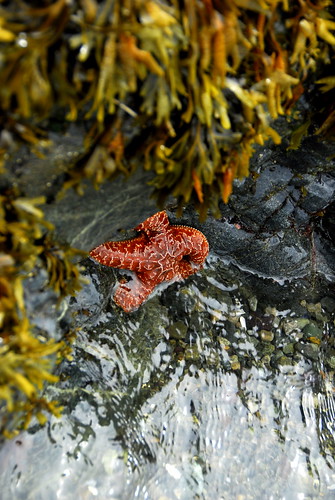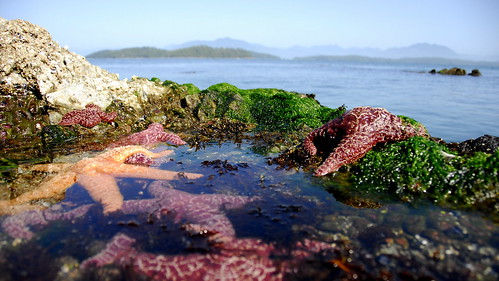It is often tempting to think of climate change as a global problem, something that doesn't directly affect us individually in our local area. As we carry out our daily routines, it’s easy to forget the vast impact our coastal location has on our lives. However, we live on an island, and therefore, we are intimately connected with the sea. On Friday, March 18th, I took to the skies around the greater Victoria area to get a top-down perspective on our current situation. Although I have lived here my whole life, and spent a considerable amount of time working on and playing in our local waters, I remain unremittingly in awe of the beauty that permeates the west coast of Canada. Even on a cloudy March day, I was no less amazed by the majesty of the landscape from the air as I passed over familiar landmarks: Cordova Bay, Discovery Island, Constance Bank, Oak Bay, the Gorge, Esquimalt Harbour, the Esquimalt Lagoon, Albert Head, Rocky Point, Race Rocks, Sooke Harbour, the Saanich inlet, Mt. Finlayson, and finally, Patricia Bay.
While observing from above, the profound impact that our human activities have on the local environment was made all the more salient. Indeed, our environment has changed significantly even in our lifetime. Glacier expert and UVic Scientist Dan Smith, in the Kamloops Daily News article, Vanishing Landscape on Oct 9, 2010, stated that of the 172 glaciers that were present on Vancouver Island in the 1970’s there are only 6 or 7 left. Another UVic scientist, Nancy Turner, in a 2009 article, interviewed the elders of local indigenous populations who have reported acute changes in their lifetimes and even more extreme changes in comparison to their oral histories. Having been forced to adapt since the arrival of the Europeans, first nations people have been resilient in their ability to adapt to their rapidly changing environment. However, recent declines in species populations, and the arrival of new species into the declining forests and grasslands have provided an unprecedented challenge. While we face consequences we have created and try to change our destructive ways, we could learn much from those who have inhabited and cared for this land and these waters for thousands of years. Flying low above the sprawling western communities, we turned over a clear cut swath of the Sooke foothills, which appeared to me like a great wound at the foot of the rising Gowlland range. As we descended into Finlayson Arm in our final approach, I became painfully aware of what is at stake if we, as individuals, and as a society continue our negligent abuse of the land and sea.
Sources
Youds, M. (2010, Oct 9). Vanishing Landscape, Kamloops Daily News p. C.1.





